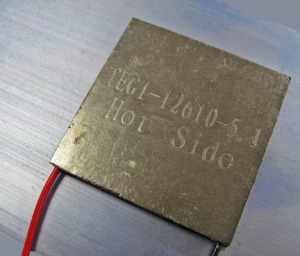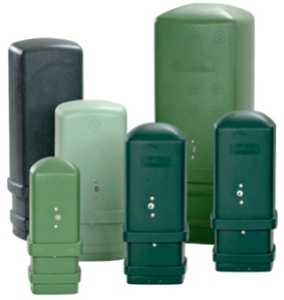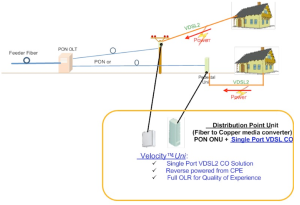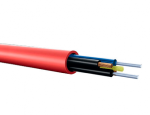Quote of the Day
People may not find themselves prepared for the situation in which they find themselves in life.The good leader recognizes this and reassigns them to a place or position where they can be successful. If there in no appropriate role in which they can flourish, the best course of action for all is to sever the relationship. The only clearly wrong decision is to demand that an unprepared person face a challenging climb alone.
— Admiral Dave Oliver
I am seeing a lot of discussion in the electronic press about energy scavenging lately. I would argue that all the work I have done with powering fiber optic interfaces from solar power is part of that effort. There are multiple potential sources for this scavenging (see Figure 1).
Today, I saw an article about using thermoelectric generators to scavenge power from the waste heat generated by cars, power plants, and anything else that is hot. The analysis done in this article is very similar to that I did for the Mars Science Laboratory in this post, which uses a thermoelectric generator to scavenge heat from a hunk of plutonium. Figure 2 shows an example of a typical thermoelectric generator. Note that these devices typically have very low efficiencies (~5%). So you will not recover a lot of energy, but often you can get enough to power a low-power device and not require an AC power hookup.
I am now seeing another form of energy scavenging that I had not thought about until recently. Since it is very expensive to connect electrical power to remote telecommunications gear (typically tens of thousands of dollars), service providers are looking at powering their "green yard furniture" (Figure 3) from power obtained from their subscribers − this approach is called "reverse powering" (Figure 4). This particular approach is being incorporated into Fiber to the Demarcation Point (FTTdp) devices that will carry G.Fast to homes.
This will reduce the cost of delivering high-speed data to homes that continue to be served with old telephone wire. Unfortunately, G.Fast will only provide you with good data speeds for short wire runs (<300 meters). Ultimately, the answer to the lack of bandwidth issue is fiber. However, standard glass fiber cables cannot carry electrical power. So how do you power the gear in the fiber network?
Passive Optical Networks (PON) have no powered gear in their networks, so reverse power is not an issue there. However, optical Ethernet networks (often called Active Ethernet) are frequently used for business services and do have active devices in their distribution network. These devices can be powered from the subscriber's premises if copper wire is added to the fiber optic cable (Figure 5).





